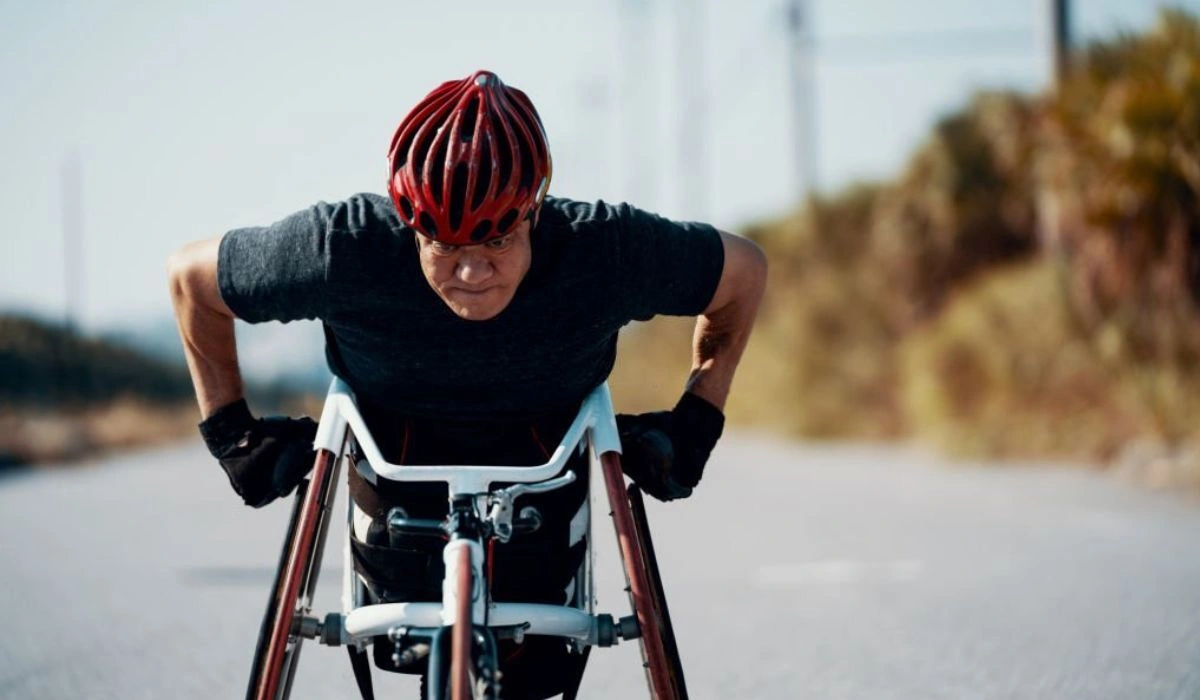Getting older should not stop us from being active because there are several reasons to start or continue. Being physically active makes you younger, and don’t forget the saying, 50 is the new 30! You can even be a master athlete with the proper nutrition.
Who Are Master Athletes?

Masters Athletes are people who compete in categories ranging from 30-35 years of age. Various sports have different minimum starting ages and variable range categories. For instance, in cycling, master’s athletes begin at just 35 years old, while golf will disregard you as a master athlete until age 50! So, consult your preferred sporting organization for more details. Nevertheless, we must acknowledge the physiological changes in the body as we age.
Physical Changes In Older Athletes
The changing body of the older athlete usually starts at around 40 years old and can involve cardiovascular, thermoregulatory, musculoskeletal, and neurological changes that affect exercise performance.
A natural loss in muscle mass known as sarcopenia (Greek for “loss of flesh”) comes with related reductions in strength, physical performance, and bone mass. Moreover, old age comes with higher total body fat and visceral fat, with changes in body fat disruption, usually noticed around the midsection. Muscle mass starts declining around the age of 40. Rates will differ among individuals, but an individual may lose 3–8% per decade with a boost in decline around the age of 65.
Several factors are responsible for these changes, such as a reduction in hormones, for example, growth hormone, IGF-1, testosterone, and estrogen. So old age makes the muscles less responsive to anabolic stimuli from strength training and protein intakes, and there’s an increase in inflammation.
Nevertheless, there’s hope. Innovative nutritional strategies can address these changes to enable you to get the best out of your body.
Nutrition Strategies For Older Athletes
1. Water/Fluids:
Water/fluid is likely the most essential macronutrient for master athletes because physiological changes make staying hydrated and recovering from dehydration challenging. A programmed and personalized schedule of drinking fluids can minimize the risk of dehydration without excessive fluid consumption.
2. Protein:
1.2g protein per kilogram body weight daily. Older adults should consume more protein than younger adults, such as 35-45g protein per meal versus 15-30g protein for younger athletes. The pre-workout meal should involve 25-30g of protein, emphasizing high-leucine foods. Leucine is an amino acid that ensures muscle protein synthesis. Old athletes should take 3g of leucine per meal.
3. Leucine amounts close to 1g or more per 100g per meal:
- Meat and eggs: baked ham, beef, chicken breast, chicken wings, deer with low-fat content, pork low-fat steak, pork sausage, pork shoulder, speck, turkey breast or thigh, chicken eggs.
- Dairy: asiago cheese, ricotta, feta, gorgonzola, gruyere, parmesan, mozzarella, low-fat Greek yogurt.
- Fish: anchovies, clam, cod, shrimp, mackerel, mussels, salmon sardines, smoked salmon, tuna fish.
- Nuts, seeds, other: pine nuts, cashews, pistachios, dried sweet almonds, unsweetened cocoa powder.
4. Creatine supplementation:
5g/day of creatine monohydrate enables higher training capacity, which results in strength gains in older adults. Creatine supplementation is required to address the decrease in creatine and phosphocreatine in the muscles, including the decline in phosphocreatine regeneration after exercise in older adults.
5. Fat:
1 g/kg body fat/day or about 20-35% fat of total Caloric consumption. Omega 3 fatty acids are anti-inflammatory, and as we get older, we can experience chronic low-grade inflammation. Fat recommendations for older adults are similar to those for younger adults.
6. Carbohydrates:
Older and younger athletes can use the same calculation for carbohydrate recommendations. The minimum required carbohydrate consumption for athletes is 3 to 5 g per kg body weight daily with 10-12g/kg body weight on the upper level for athletes training 1-3 hours daily or carbohydrate loading for an endurance event that exceeds 90 minutes.
7. Micronutrients
Essential micronutrients in aging are calcium and vitamin D for bone health, vitamin B12, and potassium, including the antioxidant vitamins C & E. Deficiencies of micronutrients in older athletes can occur due to changes in requirements, reduction in the capacity to metabolize and absorb them, including the likely presence of chronic disease states or injuries coupled with increased medication use. Constantly consuming nutrient-rich, colorful foods will boost the likelihood of growing micronutrient intake, preventing deficiencies and reducing inflammation.
Conclusion
Although old age is an inevitable factor that can affect the performance of more senior athlete due to changes in their body, the proper intake of nutrition can help them live healthy and soar in sporting activities.
Read More: Managing Patellar Tendonitis In Athletes – How Does It Caused?